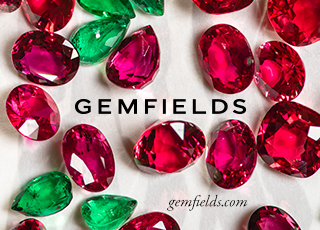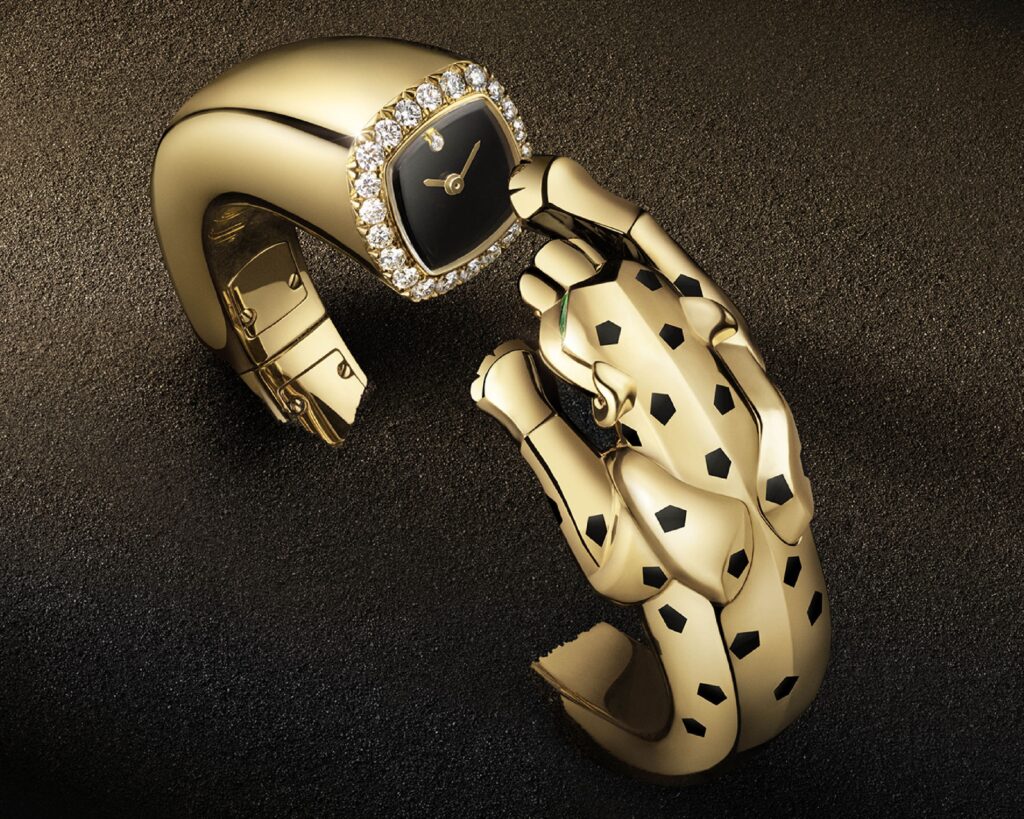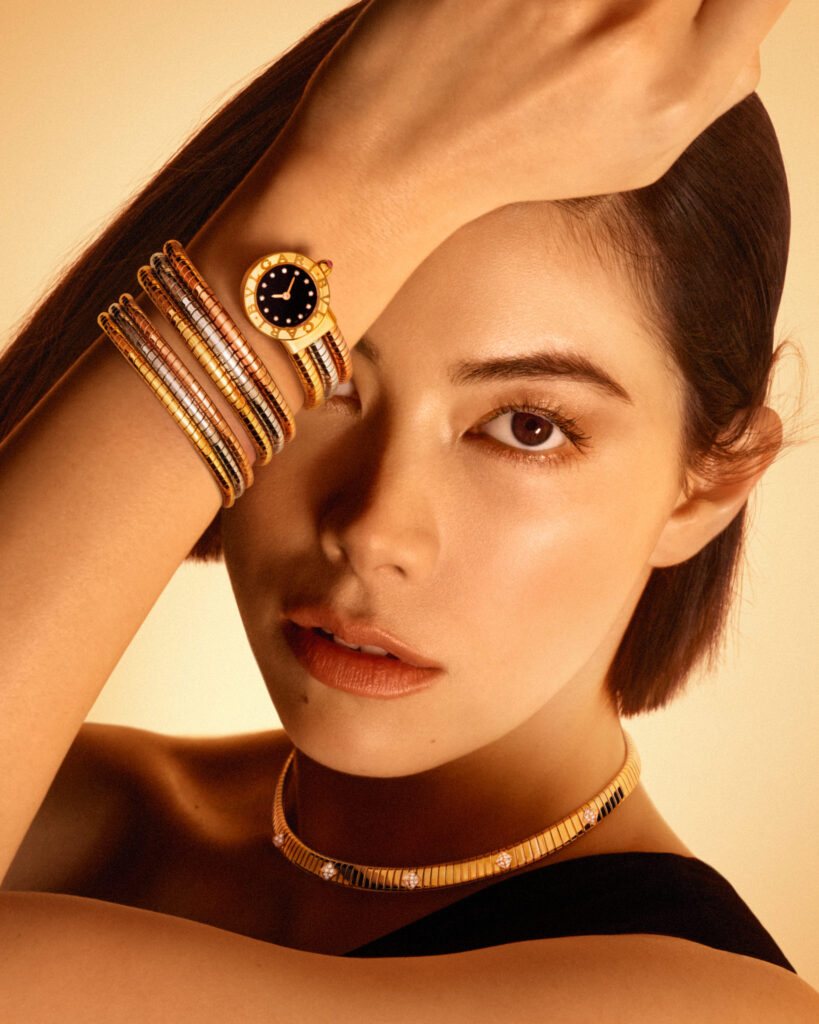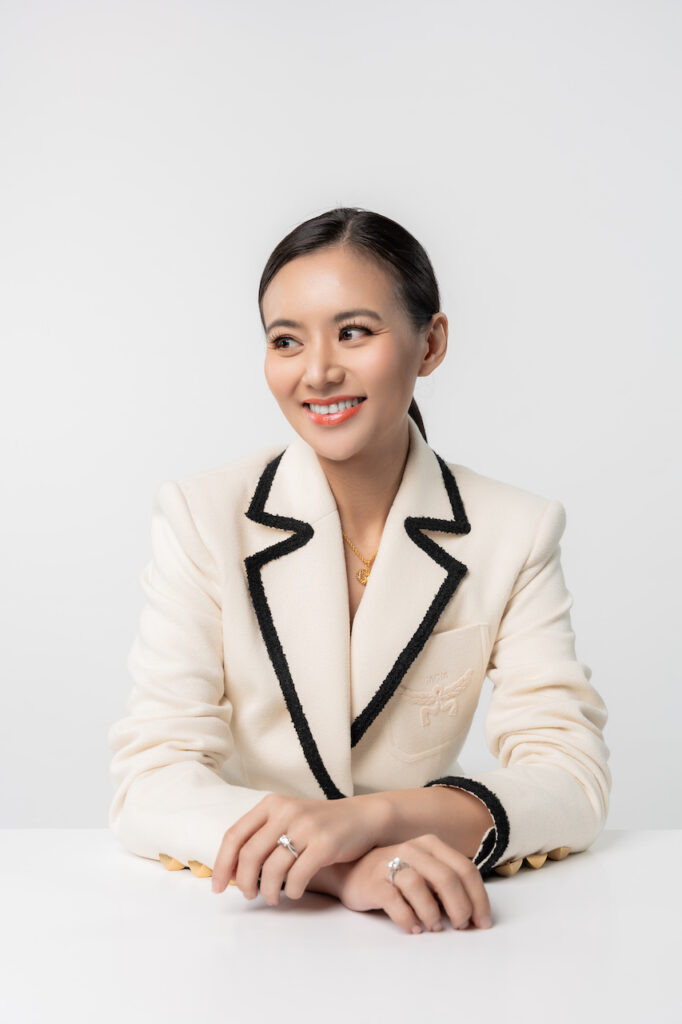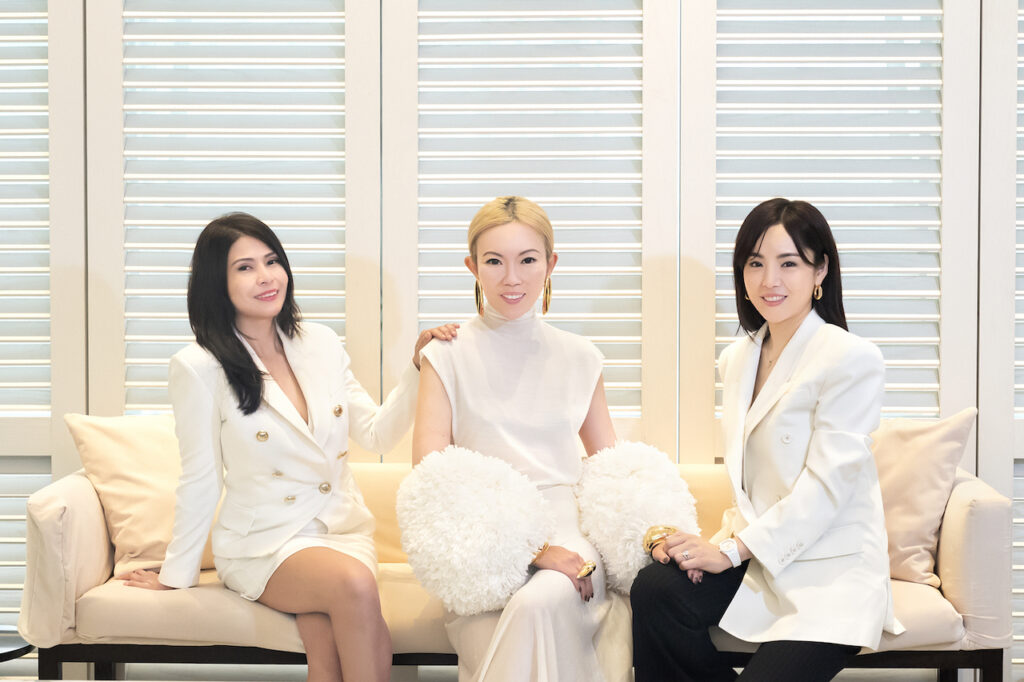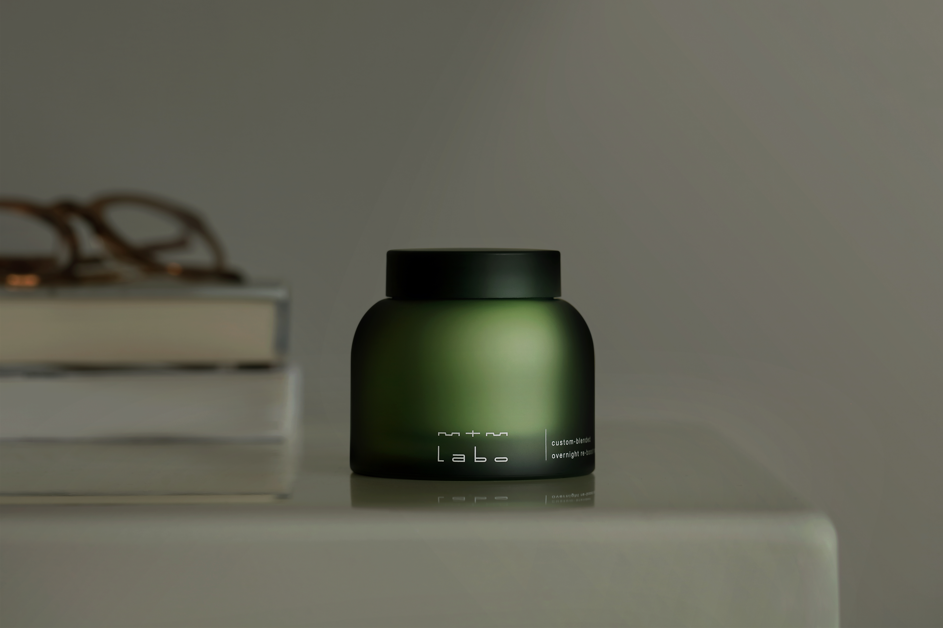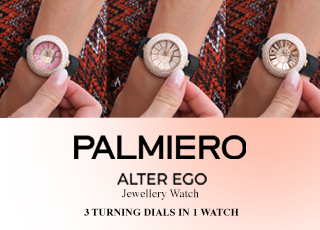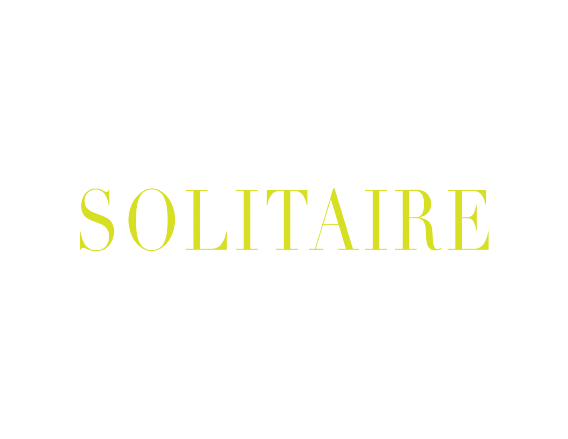by Marc Almagro, Photos courtesy of UBS Art Collection
How Mary Rozell is providing public access to a private bank’s formidable art collection
We’ve been collecting art since the 1960s, and it’s part of our identity and heritage,” begins Mary Rozell, Global Head of the UBS Art Collection. We are sitting in the UBS lounge at ArtSG, surrounded by works of Indonesian contemporary artist Eko Nugroho and the people who have been allowed into the exclusive space. Mary is in town to observe the goings on at the fair, and although she has yet to do her walkabout, she appears excited.
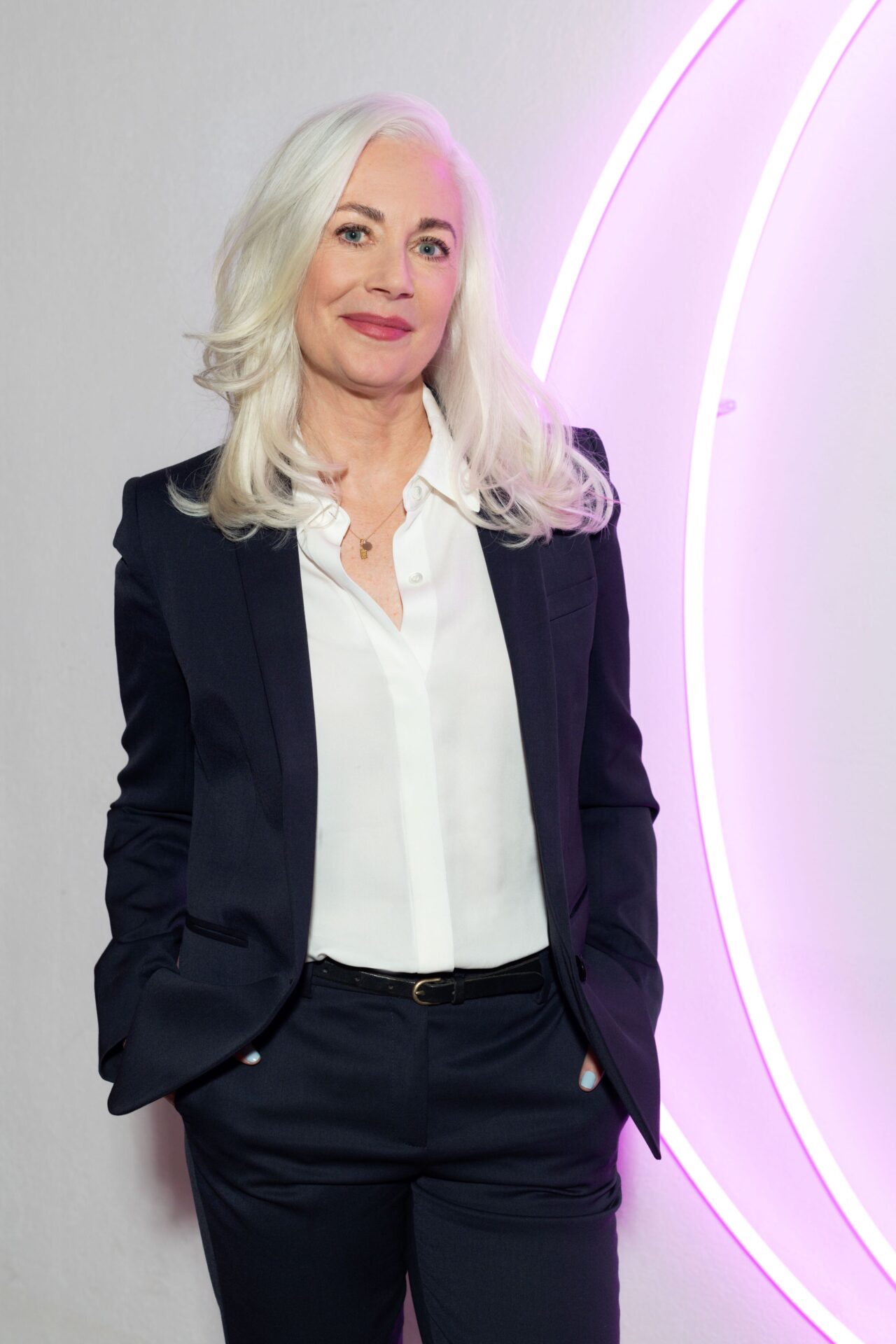
By ‘identity and heritage’ Mary refers to the art collections built by entities that would eventually merge to form the present-day UBS – among them Union Bank of Switzerland, Swiss Bank Corporation, and PaineWebber – who brought with them strong acquisitions comprising European (mostly Swiss) and American art, among others.
The banks, Mary explains, collected primarily to have art on the walls of their real estate, but with wealth management becoming a prominent part of the business, collecting naturally developed into a way of connecting with clients. It says that “the place where they’re putting their wealth,” she elaborates, “understands their passions, and what they also invest their money in.”
The collection also fuels continuing conversations that deepen client relationships. “Contemporary art is talking about so many issues that are going on today,” Mary points out. Engagements that are not hinged primarily on money broaden the bank’s exchanges with its clients and in certain ways makes their stand on important issues clear.



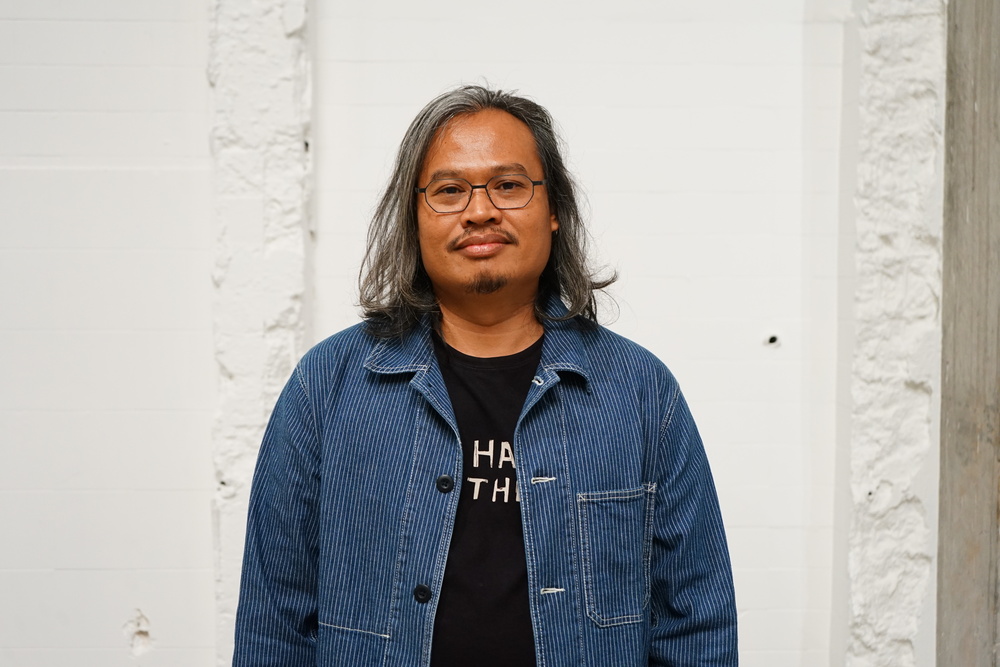
Unified Global Vision
Mary came to the job with impressive credentials, including a master’s degree in modern art from The Courtauld Institute of Art, the research-driven independent College of the University of London. She was also previously the Director of Art Business at Sotheby’s Institute of Art. An art lawyer, she has been advising collectors, artists, and estates on strategic and legal issues relating to acquisition, management, and deaccessioning of private art collections, her official CV says. In 2020, her book, The Art Collector’s Handbook: The Definitive Guide to Acquiring and Owning Art, was published by Lund Humphries.
At UBS, she oversees a global team – “a small one considering the size of the collection”, she says – that is based in New York, Zurich, Frankfurt, London, Hong Kong, and Singapore. Aligned with a unified global vision, they “work very closely together, but each region is scouting and doing their own homework”.
The responsibilities, however, often cross over given the globalised state of art today. For instance, someone who works with Mary in New York recently spotted an artist in Miami who turns out to be from Singapore. “She was interested and asked us to look further into this artist’s career. And so that’s kind of how it works—it’s an exchange with the team.”
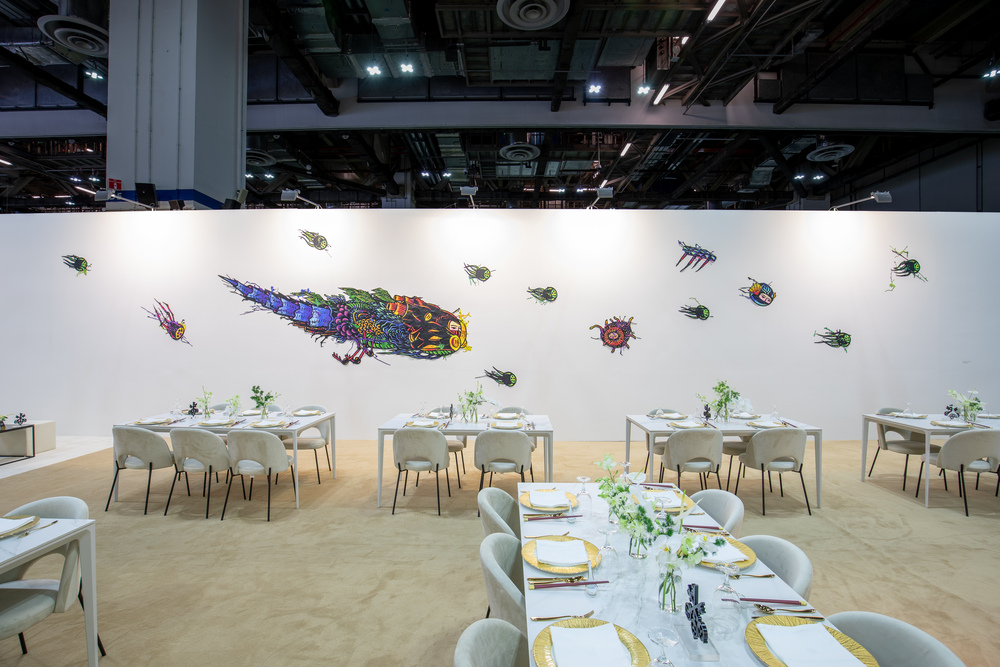




The Art of the Acquisition
Such exchanges surface as well when the team embarks on a particular project. When they were putting together the collection for the UBS flagship office in Singapore, they traded insights on “what makes sense to show in that office, number one, and number two, what fits on the walls”.
Another important consideration is subject matter. “A lot of the works in our collection have some controversial messages embedded in them, but they may be so visually appealing that they’re not offending anyone. We definitely want to have artworks that are provocative and pushing the envelope – not just pretty pictures,” Mary declares.
The rigorous acquisition process does not discomfit her. “When I started my job, the first fair I went to was Frieze in London. And I saw the fair through a completely different lens in my role. I would say that 90% of what was there was not for (us). This is because of size, materials, subject matter…. And that sort of makes it easy.”
On the whole, each work must fit into the greater collection turning it into a coherent and cohesive body. “When a team member proposes an artwork to me, I would want to know how it connects with the rest (of the collection), and what we can show with it at least from a curatorial standpoint,” she says.






There’s No Formula
When Mary started working, the bank wanted to see formulas – some specific categories of collecting – but Mary demurred. “I didn’t want to do that because we don’t know what’s coming next. And I don’t want to preclude opportunities,” she reasons.
Lately, for instance, they have been collecting a lot of textile art – but not with the intention of pursuing the material itself. They are interested in the artists, certain themes, and different messaging, Mary insists. It just happens that a lot of them are working with textile. “Often you don’t know the moment that you’re in”, she says, and it is often only in hindsight that you realise you are in the midst of a movement.
“I think that’s the nature of collecting contemporary art because certain movements, like the pictures generation in the ‘70s and ‘80s in the United States – nobody knew that was a movement until much later and that was when they put a name on it.” You just see what is new and interesting that is happening, she adds.



When Things Align
One cannot help but imagine a point where Mary’s prerogatives and the bank’s directives diverge. “Sometimes the bank has an agenda that we don’t think is good for art,” Mary admits with candour. “They’re just not really aligned.”
There’s also the communications aspect of the art, she points out, and sometimes the bank – hypothetically – may insist on acquiring artworks that support an official message. “And that’s not how we collect. We will have art about sustainability and protecting the environment, but we’re not collecting it for corporate messaging.” Meanwhile, although major socio-political movements, like ‘Black Lives Matter’, may leave its mark on the collection, the works pertaining to the subject are not necessarily aggressively provocative.
Naturally, the ideal situation would be for the agenda of both acquisition and messaging to come together. “And they do,” Mary interjects. “Sustainability,” she says, “would be one (example) because it just so happens that many artists are addressing the environment right now, and a lot of those artists are super interesting and also technically pushing boundaries, so, that’s an area where it really works. And eco is a good.”
By now the exhibition hall is filled with people hugging and air-kissing one another. The UBS lounge itself is full and a queue is forming at the entrance. As Mary and I say goodbye to each other, I ask if she is looking to shop. She doesn’t answer, instead she smiles brightly and broadly.


ART TO THE WORLDMary claims that her longstanding interest in the PaineWebber Collection made her accept the position that UBS was offering her. She was inspired by Donald Marron, PaineWebber’s former CEO, “a figure in corporate collecting”, who bolstered the bank’s collection with several works by Lucien Freud and 61 more by Ed Ruscha in pure visionary acquisition. He had the budget, Mary admits, but more importantly, the eye. Nevertheless, Mary sees the UBS Art Collection as a cultural property more than something that is owned solely by the bank. “The people need to see these masterworks,” she says. On top of the acquisition and curation, she and her team have been actively opening up the collection by organising museum exhibitions and lending some works for others to display. UBS has also gifted some institutions with works, published books about the collection, and commissioned works from select artists. They have also set up and runs the UBS Art Gallery on Avenue of the Americas in New York City where they take visitors and clients on guided tours. |



